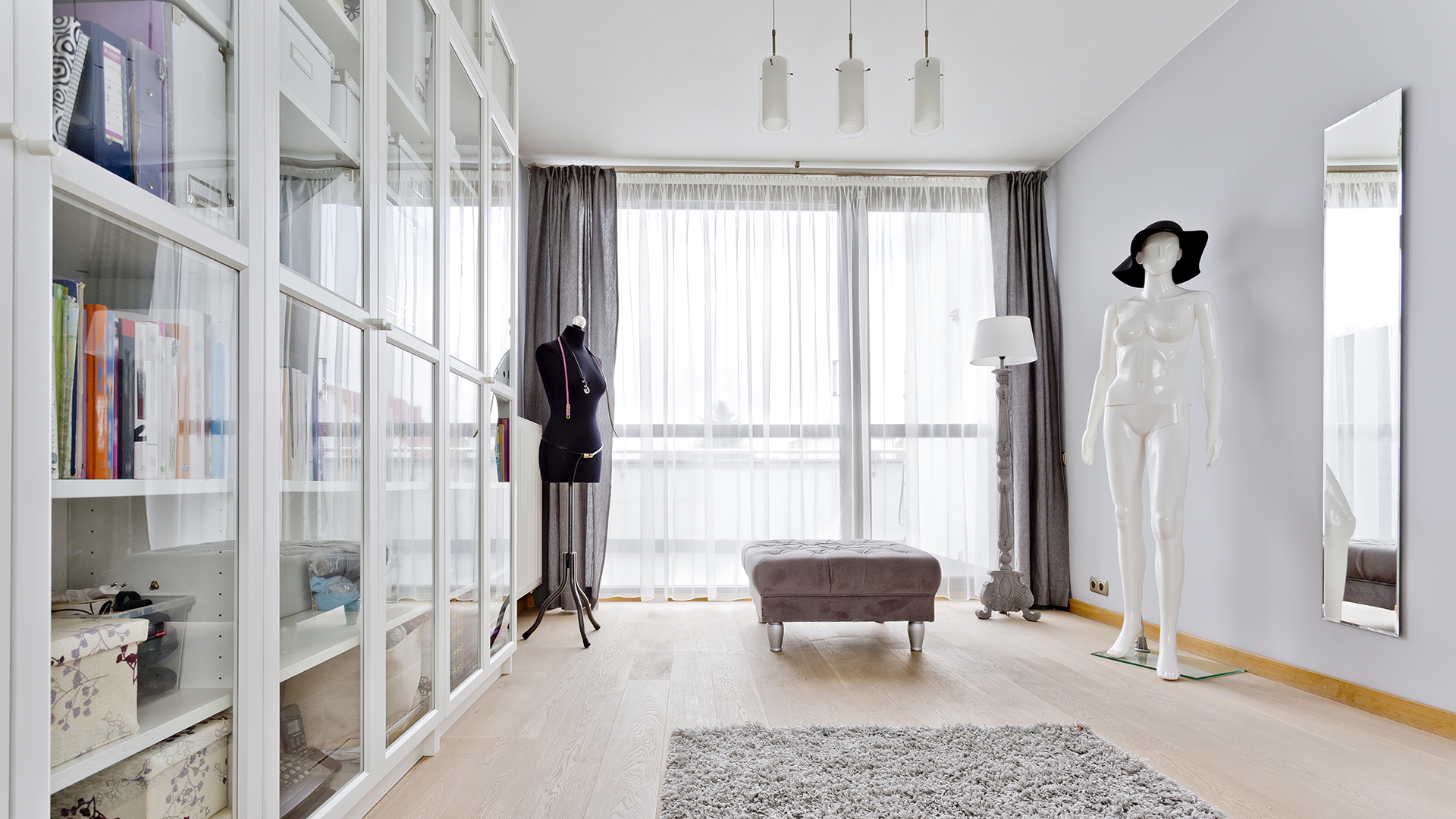Consumer trends and desires revolving around baby boomers and millennials have been popular topics in recent years, as the last of the boomers begin to enter the 55+ age bracket and millennials have all primarily entered the workforce. But a growing emphasis is being placed on the up-and-coming generation of young adults: Generation Z.
Generation Z — generally defined as those born between 1995 and 2010 — comprises 26% of the U.S. population, noted Kate Good of Hunington Properties during her session “Gen Z: End of the Alphabet & Beginning of a New Era” in the Multifamily Central at the 2020 International Builders’ Show. Described as the “selfie generation,” Gen Z came of age during the Great Recession, and as such, is very debt-averse. It is also the most diverse generation, which factors into its values of inclusiveness and authenticity.
So why should home builders and developers pay attention to this growing demographic? By 2020, Good stated, Gen Z will command nearly 40% of all consumer shopping. They also are primary drivers of their parents’ purchasing decisions: 93% of Gen Z parents say their children influence their shopping choices.
Although the youngest Gen Zers may still be in elementary school, the oldest Gen Zers are beginning to enter the workforce — and the home buying and rental markets. Gen Z is attracted to brands that are engaged in social good (especially if the companies offer an outlet for Gen Z to get involved), promote healthy living and provide empowering messages.
They’re also loyal customers. “If they love your brand, they care about your brand,” shared Good, with 43% willing to write or record a product review as a result of great customer experience. For example, to help better engage Gen Z residents in providing reviews, her company has added a confessional booth on its properties for residents to share why they love living there.
So how can you capture their attention? Here are four key factors to keep in mind:
- Ensure a streamlined digital experience: 60% of Gen Z shoppers won’t use apps or websites that load slowly or are difficult to navigate.
- Make it quick: Gen Z has a short attention span — 15 seconds, to be exact. “If you don’t grab them in those 15 seconds, you’ve lost them,” Good shared.
- Be responsive: Gen Z is highly mobile and expects fast responses. For example, 60% will hang up on a phone call if it’s not picked up in 17 seconds.
- Use real people and real messages: Gen Z doesn’t respond well to celebrity spokespeople; 63% would prefer real people in marketing messages to celebrities.
See more educational materials from NAHB Multifamily, including the IBS Multifamily Central, at nahb.org.





 One caveat to keep in mind is that the above results are based on an online survey. So the survey was not sent to a representative sample of NAHB members, and was not subject to other quality control measures NAHB’s Economics and Housing Policy Group typically employs. Many of the usual procedures were foregone in this case, in the interest of obtaining timely results in what has been (to say the least) a rapidly changing environment.
One caveat to keep in mind is that the above results are based on an online survey. So the survey was not sent to a representative sample of NAHB members, and was not subject to other quality control measures NAHB’s Economics and Housing Policy Group typically employs. Many of the usual procedures were foregone in this case, in the interest of obtaining timely results in what has been (to say the least) a rapidly changing environment.










